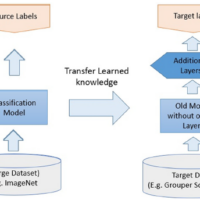Learning Rate – 1-Cycle Scheduling, exponential decay and Cyclic Exponential Decay (CED) – Part 4 – Day 45
Advanced Learning Rate Scheduling Methods for Machine Learning: Learning rate scheduling is critical in optimizing machine learning models, helping them converge faster and avoid pitfalls such as getting stuck in local minima. So far in our pervious days articles we have explained a lot about optimizers, learning rate schedules, etc. In this guide, we explore three key learning rate schedules: Exponential Decay, Cyclic Exponential Decay (CED), and 1-Cycle Scheduling, providing mathematical proofs, code implementations, and theory behind each method. 1. Exponential Decay Learning Rate Exponential Decay reduces the learning rate by a factor of , allowing larger updates early in...



